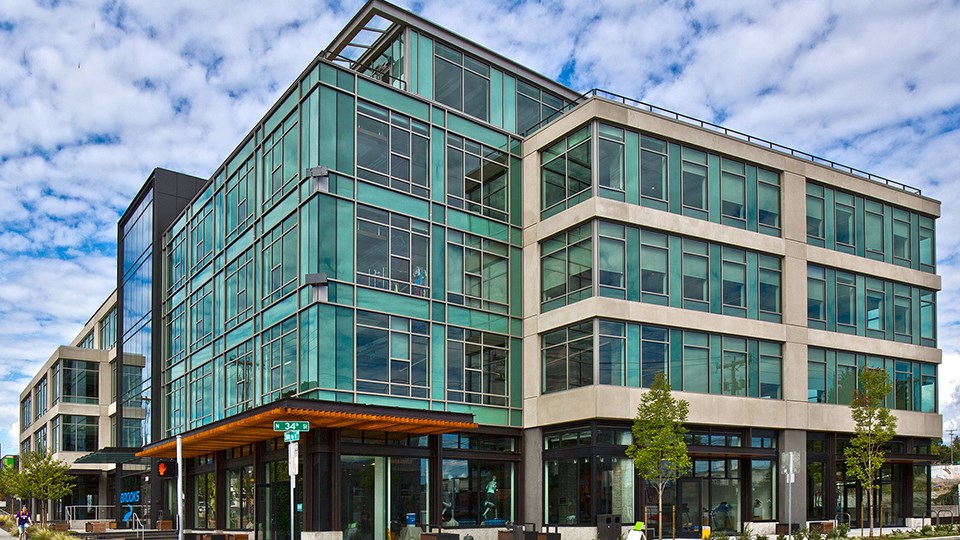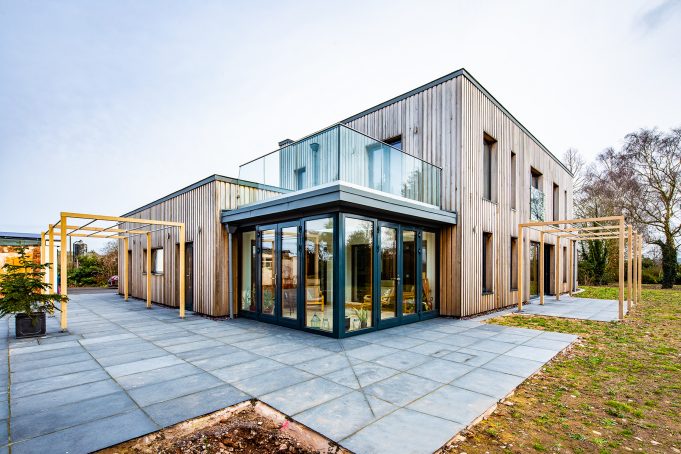In today’s rapidly evolving world, the importance of incorporating sustainable practices in building design and construction is undeniable. For homeowners and real estate developers seeking to ensure environmentally responsible projects, the LEED certification guide provides a well-structured path to achieving such goals. This guide outlines how the Leadership in Energy and Environmental Design (LEED) certification can serve as an essential tool for creating green and sustainable buildings.

What is LEED Certification?
The LEED certification is a globally recognized symbol of sustainability achievement and leadership. Established by the U.S. Green Building Council (USGBC), it provides a framework for building owners and operators to implement practical and measurable green building design, construction, operations, and maintenance solutions.
Benefits of LEED Certification
Achieving LEED certification brings several benefits. It not only enhances the efficiency and sustainability of a building but also increases its marketability, contributing to higher property values. Furthermore, LEED-certified buildings often experience higher occupancy rates and tenant satisfaction.
Levels of LEED Certification
LEED certification is divided into different levels, each representing a specific standard of environmental responsibility:
- LEED Certified: The basic level
- LEED Silver: Intermediate level of certification
- LEED Gold: A higher standard of sustainability
- LEED Platinum: The highest level of certification available
How to Achieve LEED Certification
To achieve LEED certification, building projects must meet certain prerequisites and earn enough credits from various categories, such as energy efficiency, water usage, air quality, and sustainable site development. Working with a sustainable building expert can guide you through this process.
Engaging with a LEED Accredited Professional
Engaging a LEED-accredited professional is a crucial step in the certification process. These experts provide invaluable guidance in navigating the complex criteria and ensuring your project meets all necessary standards.
Impact of LEED Certification on Real Estate
Real estate developers who pursue LEED certification tend to see an increase in property value and a competitive advantage in the market. The trend towards sustainable buildings is driven by growing consumer awareness and demand for environmentally responsible living spaces.
LEED Certification for Homeowners
For homeowners, adopting LEED standards can lead to considerable savings in utility bills and a healthier living environment. By investing in sustainable building practices, homeowners contribute positively to the environment.
Challenges in Obtaining LEED Certification
Despite the numerous benefits, obtaining LEED certification can be challenging. It requires significant investment in time and resources. However, the long-term advantages prove to be worthwhile for many developers and homeowners.
Overcoming Certification Hurdles
Working with knowledgeable partners can ease the journey to LEED certification. Understanding the requirements and keeping abreast of new eco-friendly trends can help in overcoming common hurdles.
Future of LEED Certification
As sustainable practices become more integrated into the construction industry, the future of LEED certification looks promising. It continues to evolve, incorporating more advanced technologies and standards that ensure even greater environmental stewardship.
Conclusion
In conclusion, the LEED certification guide serves as a transformative element in the pursuit of green building. By adhering to its standards, homeowners and real estate developers not only enhance their projects’ sustainability but also contribute positively to global environmental efforts.

FAQs
- What is LEED certification? LEED certification is a globally recognized system for rating the sustainability of buildings.
- Why is LEED certification important? It provides a framework for improving the sustainability, efficiency, and marketability of a building.
- How can one start the LEED certification process? Begin by consulting with a LEED-accredited professional to assess your project’s potential and plan the certification process accordingly.
This article contains affiliate links. We may earn a commission at no extra cost to you.




